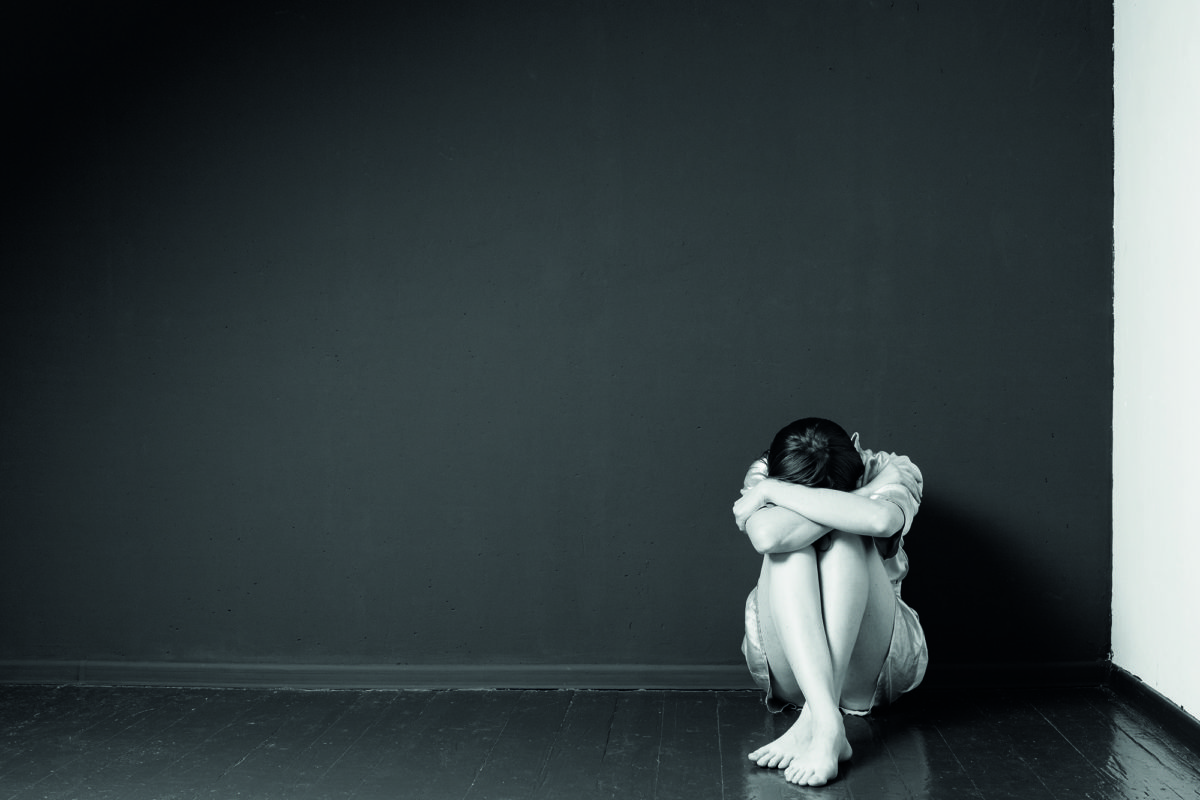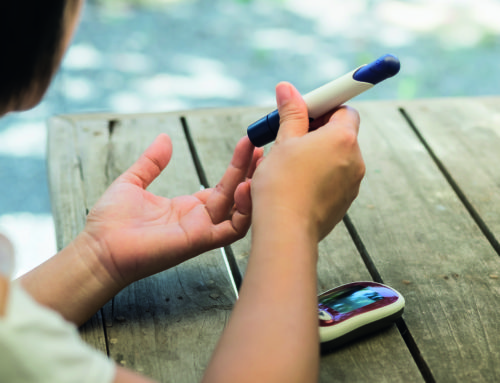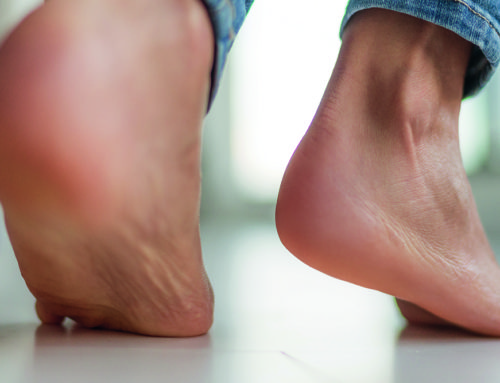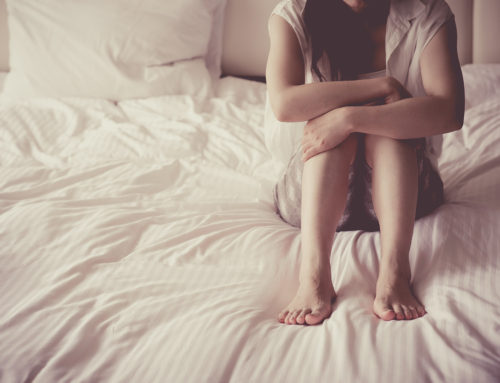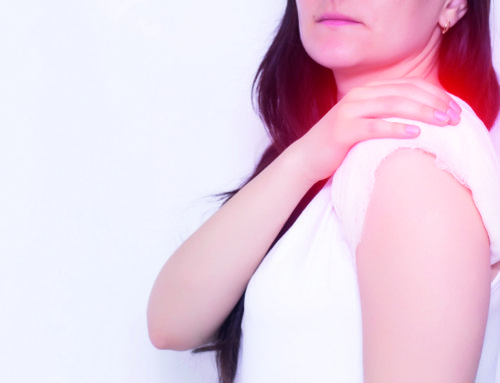Vulvodynia can be challenging to treat effectively; partly because it may require a multidisciplinary approach, but also due to the fact that taboos on discussion have led to a lack of research and awareness of the problem, meaning that in the past, appropriate treatment has not been easy to access. In this edition of SPR, the Vulval Pain Society overview the condition – including its aetiology, the treatments employed, and rationale for their utilisation.
The vulva includes the external female sex organs, plus the urethral opening and anus (see Figure One). Many different conditions affect the vulva, including skin conditions (e.g. lichen sclerosus, dermatitis) and infection.
Vulvodynia is a distressing condition causing persistent unexplained pain in the vulva, which is diagnosed when skin disease and infection have been excluded.
What Exactly is Vulvodynia?
Vulvodynia is defined as ‘vulvar discomfort most often described as a burning pain, occurring in the absence of relevant visible findings or a specific, clinically identifiable, neurologic disorder’. (1) Patients can present with a spectrum of symptoms: in some cases, itching, throbbing, stinging or soreness is described. The pain may be provoked, spontaneous, or mixed. Its location on the vulva can vary: clitorodynia affects just the clitoris, hemivulvodynia affects just one side of the vulva, and vestibulodynia affects just the vulval vestibule, but any or all vulval parts can be involved. The condition may be linked to cognitive, emotional, or behavioural issues that may need to be addressed in management.
How Common is it?
The prevalence of vulvodynia is still unclear: relevant studies have varied in sample size, populations studied, and inclusion criteria used. The inclusion criteria variations are at least partially accounted for by classification and terminology changes which have accompanied progress in our understanding of vulvodynia over the last three decades. To date, there have not been any robust prevalence studies in the UK.
What is clear is that vulvodynia is far from rare. According to one 2012 study from America, around eight per cent of women have vulvodynia at any one time, and as many as one-in-four may have it during the course of their lifetime. The condition can affect all ages; from little girls to senior citizens. (2)
Development and Possible Causes of Vulvodynia
Vulvodynia is believed to be a pain syndrome like other pain conditions, such as coccygodynia or scrotodynia, so caused by a chronic rather than acute pain mechanisms.
Physical triggers such as injury; local infection such as thrush; dermatological reactions such as eczema; or the consequences of hormonal changes; can produce acute pain with tissue inflammation which resolves. However, if the acute pain persists for three-to-six months, under certain conditions in susceptible patients, it can lead to central or peripheral nervous system sensitisation.
This chronic pain is not usually inflammatory, so with vulvodynia there is usually no inflammation seen on physical examination.
Vulvodynia could thus be said to be a chronic pain cycle which has one or more triggers and is then perpetuated by physical or emotional factors. Whether or not there is any one specific cause which initiates the cycle is unclear. However, research has shown that vulvodynia may be associated with an overgrowth of dysfunctional nociceptors in the vulval skin.
In one 2011 study, repeated thrush infections in the vulvas of female mice produced allodynia (an abnormal hypersensitivity to touch), and neuronal proliferation. (3) This could support the results of an earlier study from 2003 which showed an overgrowth of dysfunctional nociceptors in the vulval skin of vestibulodynia patients compared to controls. (4)
Main Types of Vulvodynia
The two most common types of vulvodynia are vestibulodynia (formerly known as ‘vulval vestibulitis’) and unprovoked vulvodynia.
Vestibulodynia, or localised provoked vulvodynia, is pain confined to the vulval vestibule, characterised by tenderness, sometimes severe, when the vestibule is lightly touched.
This hypersensitivity typically causes problems with inserting tampons and also vaginal penetration, leading to psychosexual difficulties and considerable strain on sexual relationships. Jeans, tight trousers, or underwear can be extremely uncomfortable for some sufferers. Gynaecological examinations, including cervical smear tests, can be so painful as to be impossible for women with vestibulodynia, with implications for general health as well as comfort. Vestibulodynia can be diagnosed by gently touching the vulval vestibule with a cotton bud or swab, which will produce pain. Note, however, that with this disorder, the labial skin will not be tender.
Unprovoked vulvodynia can be ‘localised’, if confined to one part of the vulva (but not the vulval vestibule) or ‘generalised’, in which case it can affect any part of the vulva, including the mons pubis and even perianal area. Unlike vestibulodynia, unprovoked vulvodynia can produce pain even in the absence of touch and the pain is more constant. Many sufferers experience urethral, perineal or rectal pain or discomfort. Symptoms can vary from a general mild intermittent irritation to constant pain so severe it warrants referral to a pain management clinic. As with vestibulodynia, the condition can cause considerable secondary psychological problems, but with unprovoked vulvodynia these tend to be more due to the chronicity of the pain than to psychosexual issues. However, some women with this type will also have the difficulties with vaginal penetration and clothing we see with vestibulodynia.
Treatment
Vulvodynia treatment is aimed at achieving three outcomes: a reduction in pain levels and an improvement in function; an ability of the patient to use education and self-empowerment to manage her own pain; and finally, if desired, a reduction in sexual pain and improved satisfaction and sexual function. (5)
Initially, there are many simple measures which can help with symptoms, such as avoiding tight clothing, scented soaps or lotions which could irritate the vulval skin and maintain the pain cycle, using special cushions for sitting, saddles for cycling, and so on.
The Vulval Pain Society website has a page listing these everyday measures and the physical relief they provide may be enough to break the pain cycle for some women. (6) However, if pain persists, the patient will need a GP referral to a vulval service, where a comprehensive biopsychosocial assessment should be made and individual value-based needs identified.
The multidisciplinary team may include gynaecologists, physiotherapists, psychosexual therapists, pain management specialists, and sometimes other specialists, such as psychotherapists. Some treatments are more useful for particular vulvodynia types and individuals. For example, pain-modifying drugs, such as amitriptyline and nortriptyline, and / or gabapentin or pregabalin, are better suited for treating moderate-to-severe unprovoked pain (over five / 10 on the subjective pain scale). If the drugs prove unsuitable or the pain is severe or disabling, patients can be referred to pain management, which may offer intralesional injections, TENS machines, nerve blocks or acupuncture. Patients who have sexual pain because of vestibulodynia may find local anaesthetic gels or ointments help to numb the vulva sufficient to allow them to have sex.
Physiotherapy is used to treat pelvic floor muscle dysfunction, shown in studies to contribute to the vulval pain cycle. Treatment can involve pelvic floor exercises, trigger point therapy and desensitisation work with vaginal dilators.
Psychological and psychosexual therapies can be helpful in treating vulvodynia, as psychological dysfunction, which can accompany chronic pain, can exacerbate and maintain the pain cycle. Stress, anxiety and catastrophic thinking are known to amplify our perception of pain, so all measures which can ‘turn down the volume’ on the pain are useful here, including, among others, psychological approaches, such as mindfulness and cognitive behavioural therapy. Emotions, thoughts, behaviours and physical sensations can form a vicious cycle (see Figure Two).
Psychosexual therapy is aimed at patients experiencing sexual and relationship problems due to their vulvodynia. Techniques used by the counsellor may include, for example, working on sexual contact beyond vaginal penetration, sensate focus therapy, and therapy for low libido and anorgasmia.
Rarely, surgery is used to treat provoked vulvodynia. Vestibulectomy involves excising a horseshoe-shaped area of the skin of the vulval vestibule, following which the posterior vaginal wall is dissected to cover the resulting skin defect. The aim of the surgery is to physically remove the layer of dysfunctional nerves in the vulval vestibule, thought to cause the pain. Despite some promising results, with one study in 2008 demonstrating pain-free sex in 59 per cent of patients studied, clinicians disagree about the value of surgery, perhaps because it implies a direct physical correspondence between pain and a localised area of the vulva, downplaying any role played by central sensitisation. (7)
Conclusion
Vulvodynia, a chronic pain syndrome of the genital skin, should be considered in women when skin conditions and infections have been excluded. All health professionals involved in women’s health should be aware of vulvodynia and support patients by making a diagnosis, starting basic treatment and referring patients on to other members of the multidisciplinary team if necessary.
For more information, visit www.vulvalpainsociety.org.
References
1. Haefner HK. Report of the International Society for the Study of Vulvovaginal Disease terminology and classification of vulvodynia. J Low Genit Tract Dis 2007;11:48-49
2. Reed BD, Harlow SD, Sen A, Legocki LJ, Edwards RM, Arato N, Haefner HK. Prevalence and demographic characteristics of vulvodynia in a population-based sample. Am J Obstet Gynecol. Author manuscript; available in PMC 2013 Sep 20. Published in final edited form as: Am J Obstet Gynecol. 2012 Feb; 206(2): 170.e1–170
3. Farmer MA, Taylor AM, Bailey AL et al. Repeated vulvovaginal fungal infections cause persistent pain in a mouse model of vulvodynia. Sci Transl Med 2011;3: 1-9
4. Tympanidis P, Terenghi G, Dowd P. Increased innervation of the vulval vestibule in patients with vulvodynia. Br J Dermatol 2003;148:1021-1027
5. Nunns D et al; British Society for the Study of Vulval Disease (BSSVD) Guideline Group. Guidelines for the management of vulvodynia. Br J Dermatol. 2010 Jun;162(6):1180. https://onlinelibrary.wiley.com/doi/full/10.1111/j.1365-2133.2010.09684.x
6. Vulval Pain Society – http://vulvalpainsociety.org/vps/index.php/advice-and-self-help/general-advice
7. Eva LJ, Narain S , Orakwue CO, Luesley DM. Is modified vestibulectomy for localized provoked vulvodynia
an effective long-term treatment? A follow-up study. J Reprod Med. 2008;53:435-440


